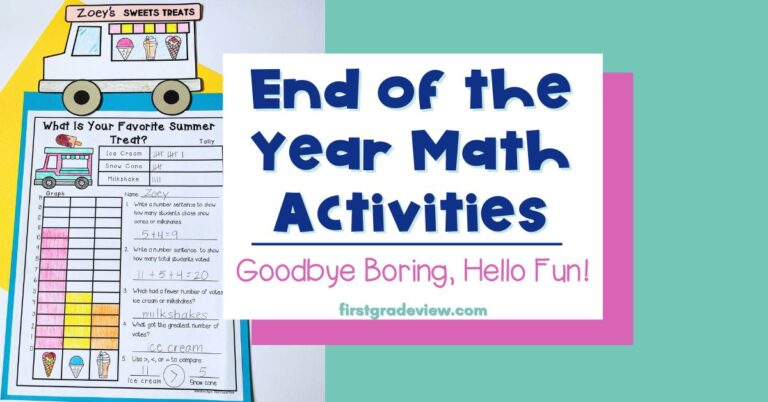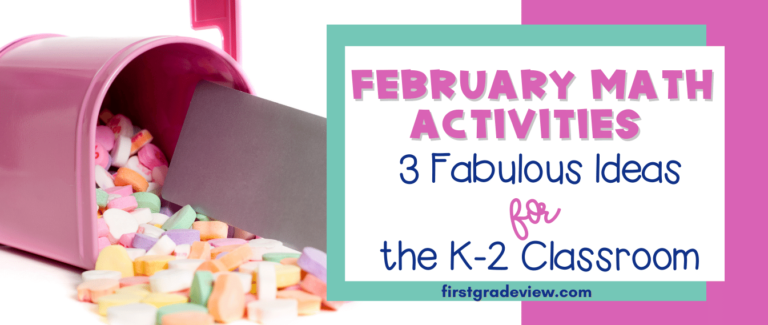Can you relate to this all-too-familiar scenario? It’s the start of the school year and you have to plan out the first 10 days of math instruction. You feel torn between creating a tight-knit community with your new learners and the nagging pressure to dive headfirst into your math curriculum? Well I’ve got fantastic news for you! What if I told you that you can establish math routines and expectations, start building a rock-solid math mindset, introduce the 8 Standards of Mathematical Practices, and effortlessly glide into the curriculum all in the first 10 days of school? That’s right, buckle up and get ready. It’s time to make those first 10 days of math epic and set the stage for an incredible year of mathematical adventures!

The First 10 Days of Math Instruction in First Grade-Part 1
The First 10 Days of Math: Day 1, What is a Mathematician?
On your very first day, kickstart your math lesson by engaging your students in an exciting quest to discover what a mathematician is. Ask them what they think a mathematician is and what they do. Together, create an anchor chart and record their responses. You can also read a book about a famous mathematician. Don’t forget to go over your behavior expectations during a read aloud. By the end of this engaging lesson, hopefully your students will embrace their newfound identity and see themselves as mathematicians!
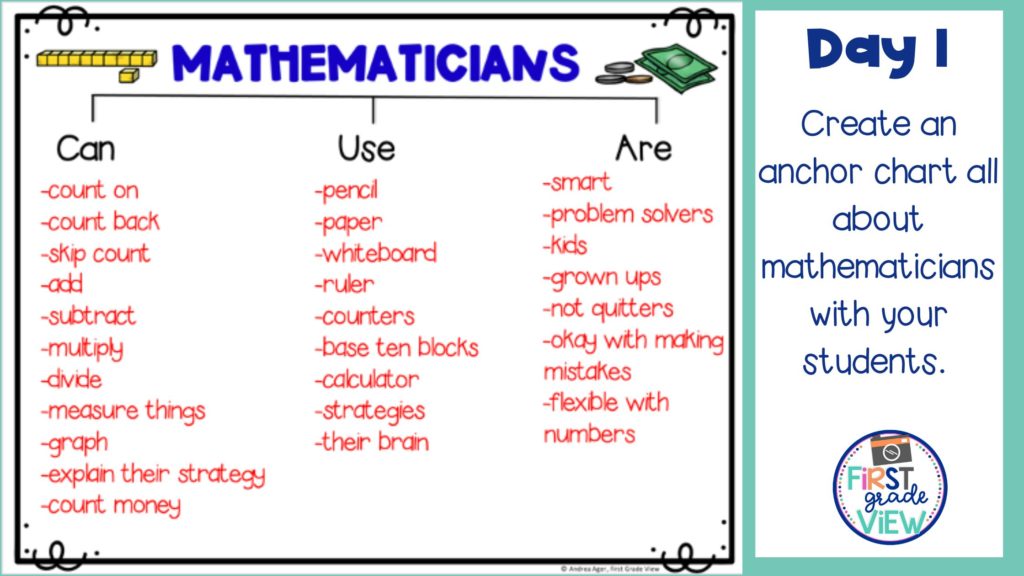
The First 10 Days of Math: Day 2, Where Do We Find Math?
Now that your students have unlocked the secret of what a mathematician is, it’s time to discover where math hides! In this lesson, team up your students with a partner and have them hunt for math examples around the classroom. This is the perfect opportunity for you to model your expectations for how partners work together. Watch their excitement as they spot math in unexpected places. Gather the class on the rug and let them share their exciting discoveries. Don’t forget to capture their findings on an anchor chart, showcasing the marvelous ways math surrounds us all. And hold on tight, because the adventure doesn’t end there! Take it to the next level with the “Math is All Around” project, where your students can showcase their newfound math wisdom in creative ways. The best part is, this project can be done anytime of the year.
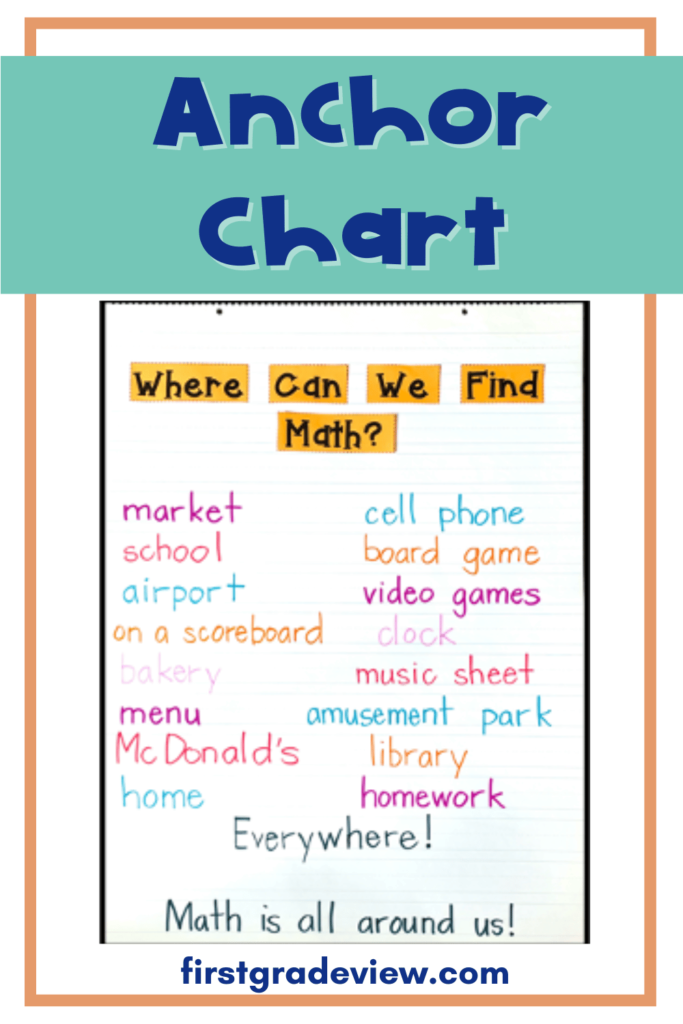
Day 3: Math Practice 1- Make Sense of Problems and Persevere in Solving Them
Now that your students see themselves as mathematicians and understand that math is all around, it’s time to unravel the Standards for Math Practices beginning with Math Practice 1: Make sense of problems and persevere in solving them. The nice thing about the lessons for the math practices is that they don’t take up too much time so you can combine them with your curriculum or teach them solo!
Begin this lesson by gathering your class and ask them to recall a time when they faced a challenging task. Explain that just like in those moments, math can sometimes feel tricky too. But fear not! Let them in on the magical secret that mathematicians possess a treasure chest of strategies to conquer math challenges.
Next, try a sorting activity where your class will explore the do’s and don’ts when they feel stuck in math. Create an interactive experience by designating one side of the room as “do” and the other side as “don’t.” Have a list of predetermined ideas in mind of do’s and don’ts when they feel stuck. Watch as your students eagerly move to the appropriate side, sorting and discussing the best approaches for mathematical triumph. With this engaging lesson, your students will discover that they have the power to make sense of problems and persevere through any mathematical journey.
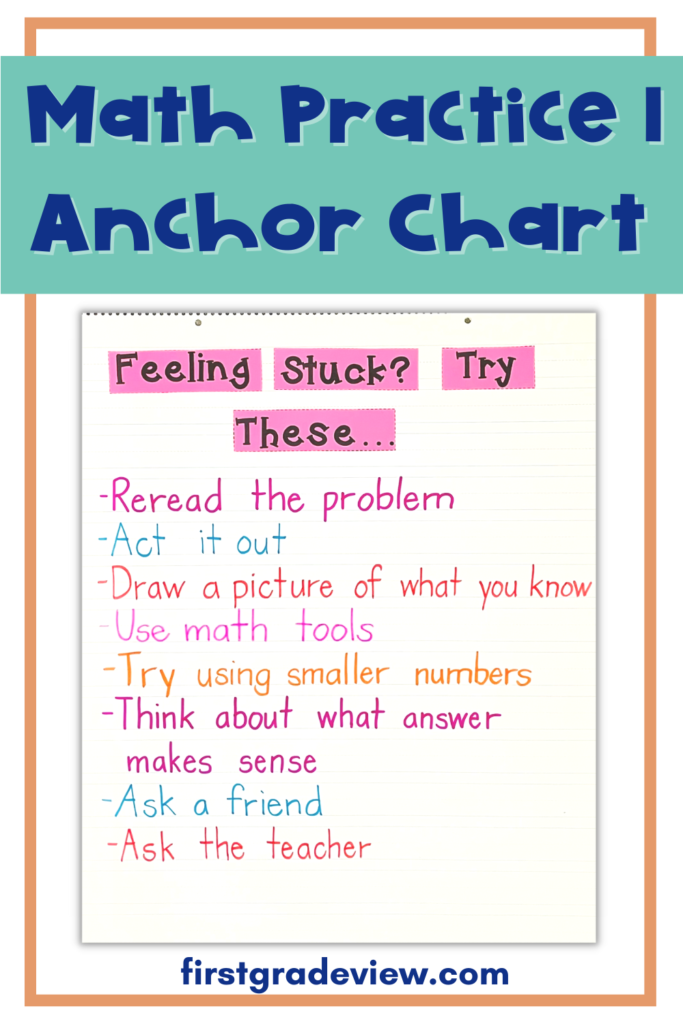
Day 4: Math Practice 2- Reason Abstractly and Quantitatively
On day 4, it’s time to introduce math practice 2: Reason abstractly and quantitatively. One of the ways you can introduce this practice is through a fun estimation activity. Gather your class around as you unveil the mystery estimation jar and prepare to dive into the world of educated guesses. Explain to your eager learners that estimation is like a magical best guess in the world of math. Showcase a visual representation of a group of 10 objects, giving them a tangible reference point. Encourage your students to make their estimations and jot them down on colorful post-it notes, reminding them that it’s about trying, not nailing the exact answer.
Once they are finished, it’s time for the big reveal! Unveil the true quantity and celebrate their efforts and the various ways mathematicians see numbers. They’ll discover that numbers can be seen in many ways such as groups, as complete quantities, and even in numerical form.
As the year unfolds, make it a point to include estimation activities, nurturing their abstract reasoning. You can even challenge students by having them make a too low, too high, and just right estimate. Your students will love it!
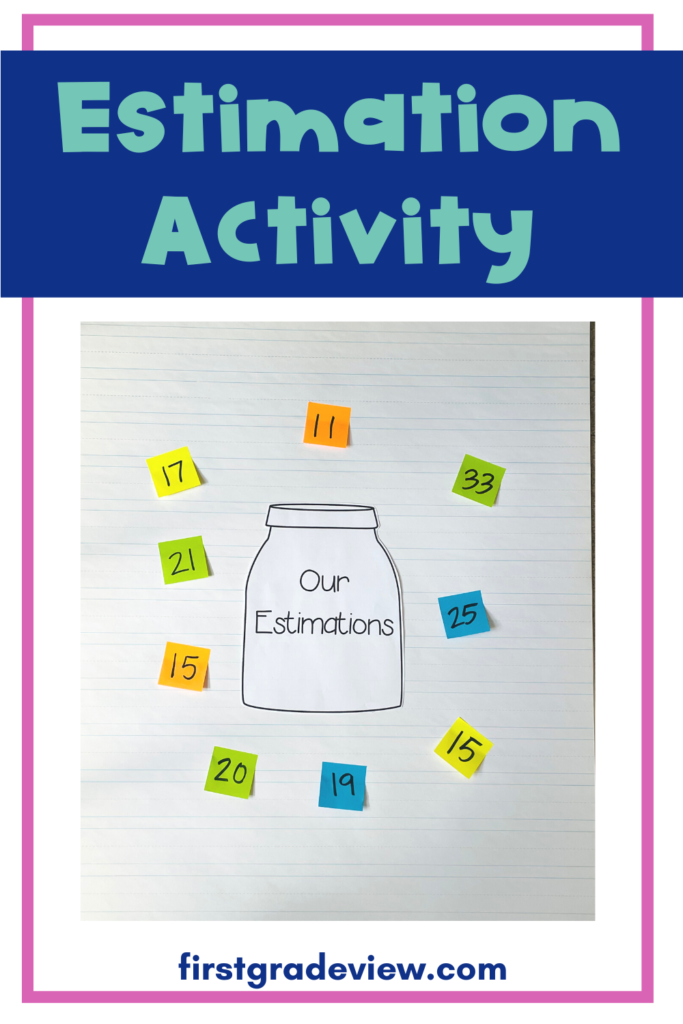
Day 5: Math Practice 3- Construct Viable Arguments and Critique the Reasoning of Others
So far, you students understand that mathematicians do not give up and see numbers in many ways. Now it’s time to introduce them to math practice 3 and encourage them to explain their thinking and engage in vibrant math discussions!
One of my all-time favorite activities for fostering this skill is the “Which One Doesn’t Belong?” routine. It’s as simple as presenting your students with four numbers, shapes, visual images, data sets, or graphs, and challenging them to share their reasoning as to which one doesn’t belong and why. The best part? There are no wrong answers as long as they can justify their choice.This is the perfect activity to get students to share their thinking and helps you set the expectation that they will be doing a whole lot of talking in math class. It is definitely something you will want to add to your regular math routine.
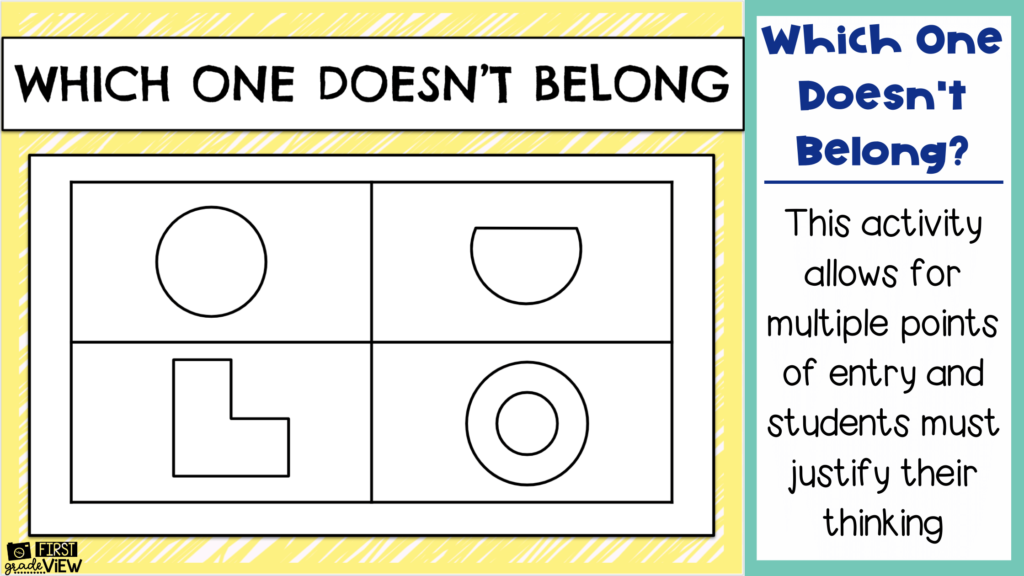
I’m so excited that you have joined in on this blog series about the first 10 days of math instruction! I hope these ideas have illuminated the path to a strong and successful start in your math classroom. But hold onto your unix cubes, because the adventure doesn’t end here! Stay tuned for the upcoming blog post that will reveal the activities of days 5-10. But if you simply can’t wait, dive into the 8 Math Practices Bundle, complete with kid-friendly posters for each math standard and all 10 engaging lessons to kickstart your math journey!
You May Also Like:
Continuing The First 10 Days of Math Instruction
10 First Day of School Activities to Make Your Students Excited for the Year Ahead by Teaching with Kaylee B.
Standards of Math Practices: Helping Kids Be Great Mathematicians
Mathematical Practice Standards: How to Easily Teach Them in any Lesson
Elevate Your Math Warm-up: The 3 Must Haves for a Powerful Routine


